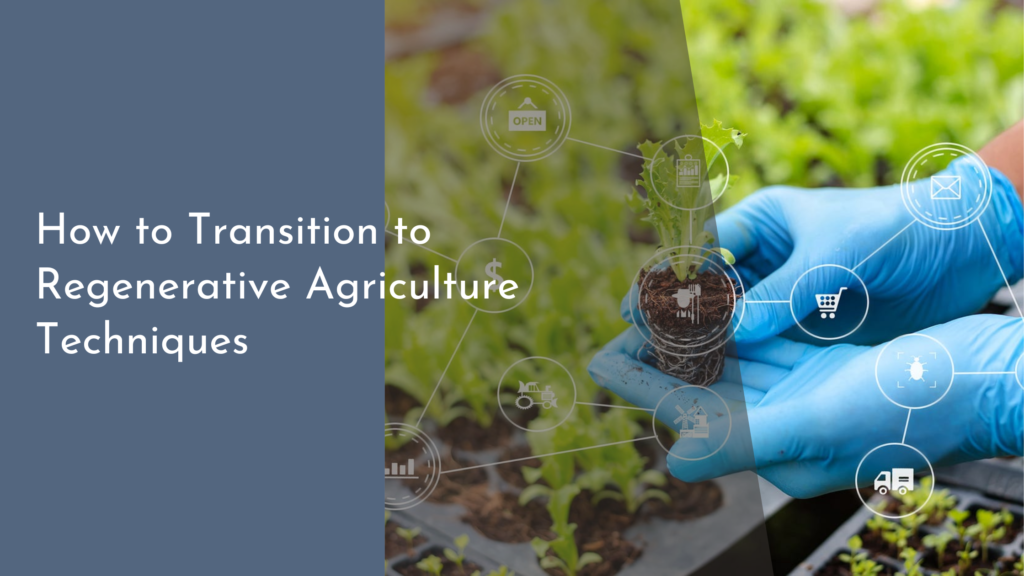How Urban Forests Foster Intergenerational Learning
Urban forests are more than just patches of greenery in bustling cities; they are vital ecosystems that offer a plethora of benefits for individuals of all ages. As urbanization rises, these green spaces provide an essential respite from the concrete jungle, fostering connection, inspiration, and learning across generations. This article explores how urban forests serve as a unique environment for intergenerational learning, where individuals can come together, share knowledge, and cultivate meaningful relationships while engaging with nature.
The benefits of urban forests extend beyond their aesthetic appeal. For children, spending time in these green spaces can enhance cognitive development, improve emotional well-being, and promote physical health through active exploration. Meanwhile, older adults can experience improved mental health and increased social interaction, as urban forests provide opportunities to connect with both nature and people. When families and communities come together in these environments, they cultivate a sense of belonging and stewardship, reinforcing the importance of nature for different generations.
Nature’s Classroom: Learning through Exploration Together
Urban forests serve as dynamic classrooms where learning happens organically through exploration. Children and adults alike can engage their senses while observing the various plants and animals that inhabit these urban ecosystems. The forest floor becomes a treasure map of leaves, insects, and fungi, sparking curiosity and prompting discussions about biodiversity, ecology, and conservation efforts. Intergenerational groups can collaborate to identify flora and fauna, thereby creating a shared learning experience that transcends age differences.
Moreover, guided nature walks can enhance this educational aspect, as knowledgeable elders can share their experiences and insights about the natural world. Storytelling, often rooted in cultural traditions, becomes a powerful tool for conveying lessons about environmental stewardship and respect for nature. Urban forests become platforms for hands-on learning, where individuals can discover the beauty and complexity of their surroundings while fostering a spirit of inquiry and appreciation for the environment.
Bridging Generations: Activities for Everyone in the Forest
Activities in urban forests can be tailored to involve participants of all ages, making them ideal venues for intergenerational bonding. Nature scavenger hunts are a perfect example, where families can work together to find various plants, animals, and natural objects. This playful activity encourages collaboration and communication, fostering relationships built on shared discoveries and laughter. Everyone can contribute, as young children might spot vibrant flowers while older adults could identify bird calls or tree species.
In addition to scavenger hunts, other activities such as planting trees or participating in community gardening can further bridge generational gaps. These experiences not only teach participants about sustainability and the environment but also instill a sense of pride and responsibility toward their community. As families work side by side, they cultivate not just plants but also a legacy of environmental awareness and appreciation that can be passed down through generations.
Growing Together: Stories of Connection and Discovery
Urban forests are rich with stories waiting to be shared. From the young child who makes a new friend during a forest adventure to the grandparent who imparts wisdom about the importance of trees, these experiences create lasting memories that strengthen familial and community bonds. One notable example is that of a local family that regularly visits their nearby urban forest. Together, they celebrate seasonal changes, creating traditions around observing the blooming flowers in spring or the vibrant foliage in autumn, turning each visit into a cherished event.
Moreover, these forests often host community events where individuals of varying ages come together to celebrate nature. Whether it’s a tree-planting day or an educational workshop, these gatherings foster a sense of unity and collective purpose. Participants leave with not only a deeper understanding of their environment but also a renewed sense of connection to each other and to the natural world. Through shared experiences, urban forests become the backdrop for stories of connection and discovery, enriching the lives of those who wander their paths.
In conclusion, urban forests offer invaluable opportunities for intergenerational learning and connection. As we explore these green havens, we discover the myriad benefits they provide for individuals of all ages, transforming them into nature’s classrooms. Through engaging activities and shared experiences, families and communities can strengthen their bonds while fostering a deep sense of respect and stewardship for the environment. By embracing the joys of urban forests, we are not only nurturing our connection to nature but also sowing the seeds of wisdom and appreciation that will flourish for generations to come.

